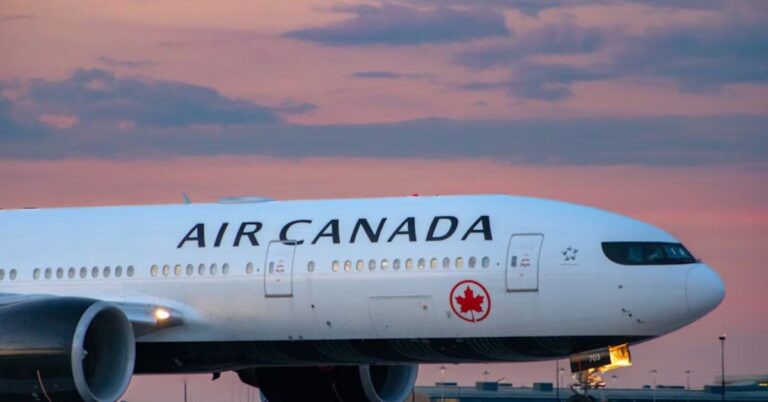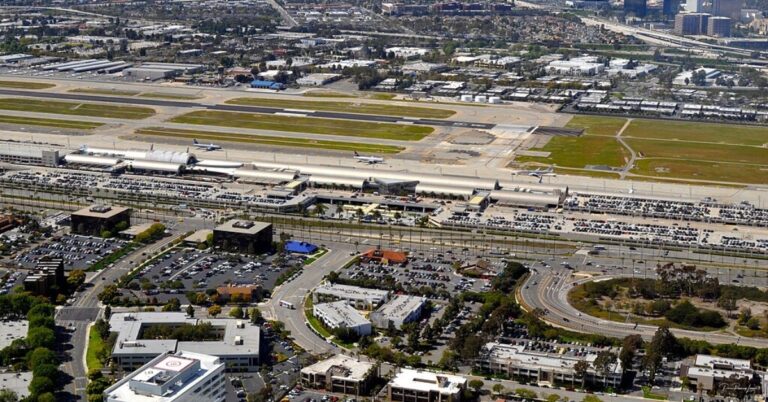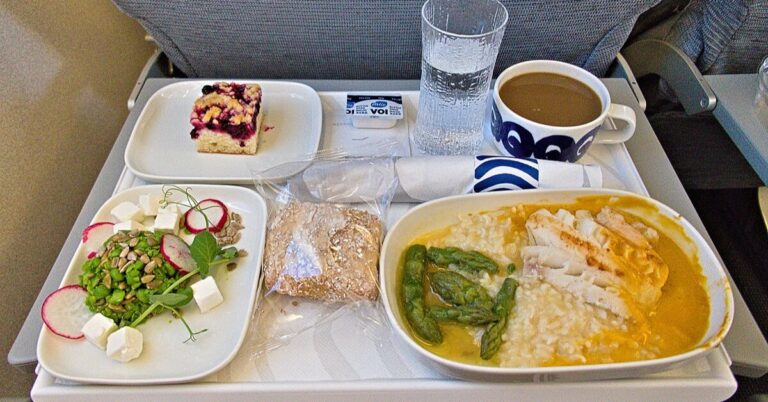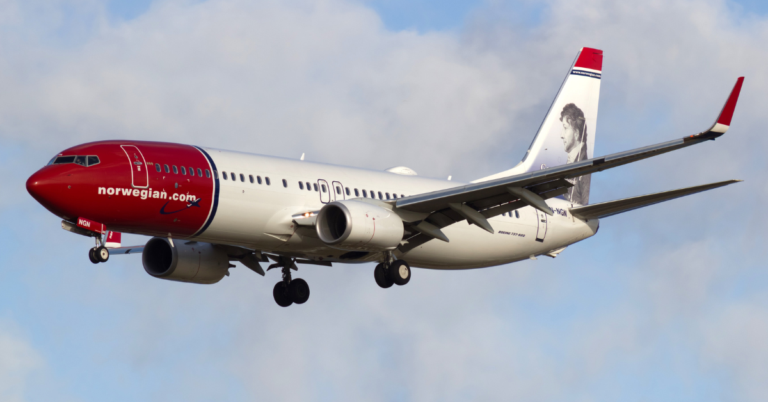10 Wild Airline Trends From The ’70s
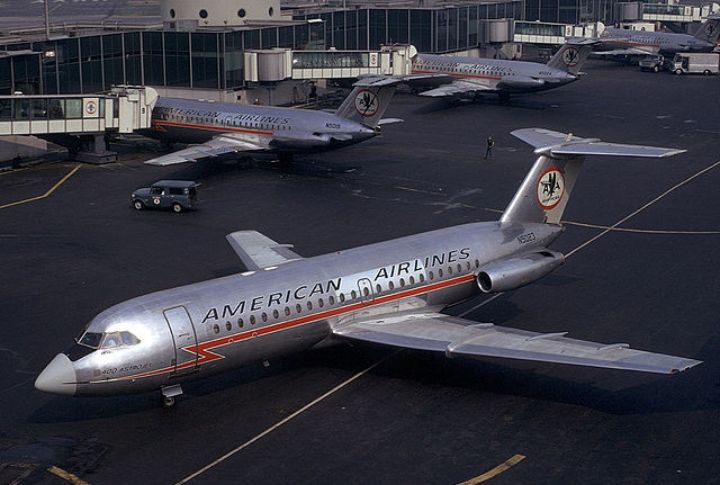
Flying in the ’70s was an entirely different experience, where passengers enjoyed a sense of freedom that’s hard to imagine today. It wasn’t just about looser rules; the entire experience felt different. Some parts of it might make you nostalgic, while others will make you grateful for today’s restrictions. Let’s take a look at what airlines got away with back in the day.
Smoking Was Allowed Throughout The Cabin
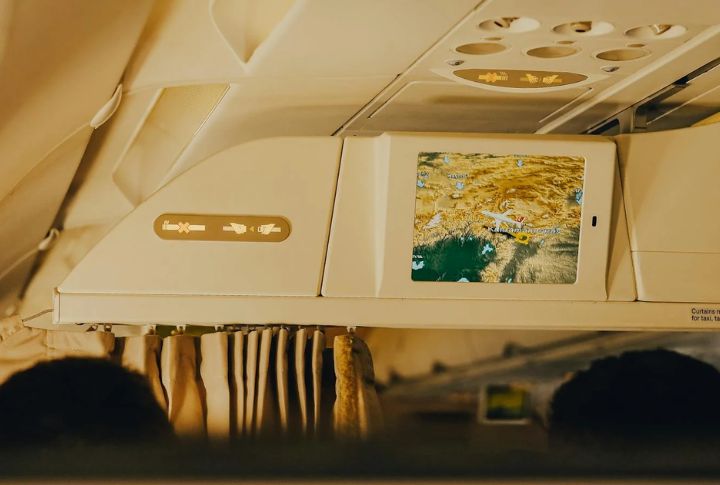
A cloud of cigarette smoke drifted through the cabin while passengers sipped cocktails and chatted away. In the ’70s, lighting up at 30,000 feet was perfectly normal. Airlines had smoking and non-smoking sections. Flight attendants had to manage smoke complaints, but real change didn’t come until the late ’80s.
Unlimited Free Alcohol For Passengers

“Another round?” was a common phrase in the sky. Many airlines offered unlimited drinks at no extra charge. Passengers took full advantage, and let’s say turbulence wasn’t the only thing making trips unpredictable. Today, airlines still serve alcohol, but not without limits and certainly not for free in the economy.
Flight Attendants Had Strict Appearance Rules
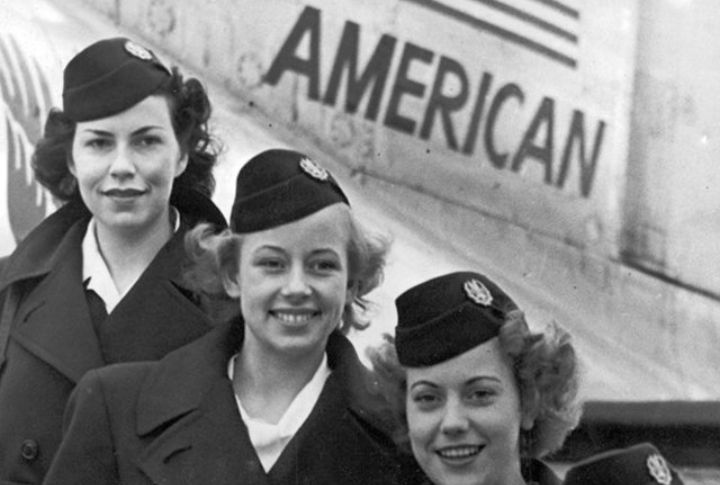
Airlines still have appearance guidelines, but they’re much more relaxed than in the ’70s. Back then, the rules were extreme: some airlines had weight checks, height restrictions, and even policies that forced flight attendants to retire by a certain age. The airline dictated makeup, hairstyles, and even nail polish colors.
Passengers Could Bring Guns Onboard
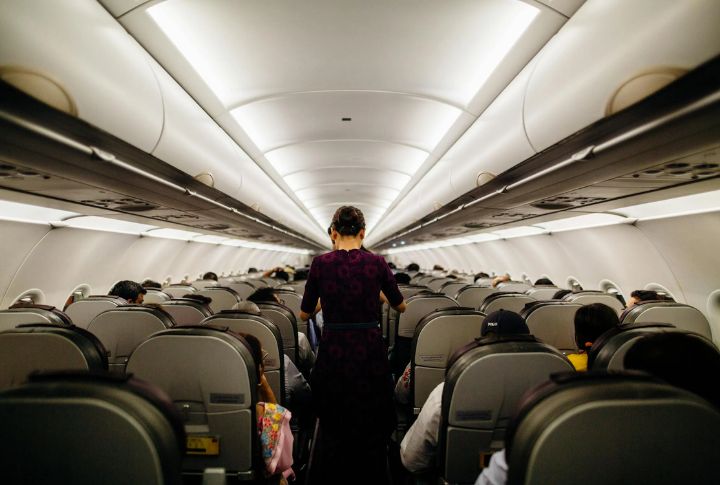
Air travel in the ’70s was relatively lax when it came to carrying firearms. While the FAA introduced restrictions in 1972, requiring firearms to be checked with the airline (except for law enforcement), some passengers could still carry firearms in their carry-on luggage if they followed specific procedures. Strict airport security measures were not fully implemented.
No Airport Security Screenings Required
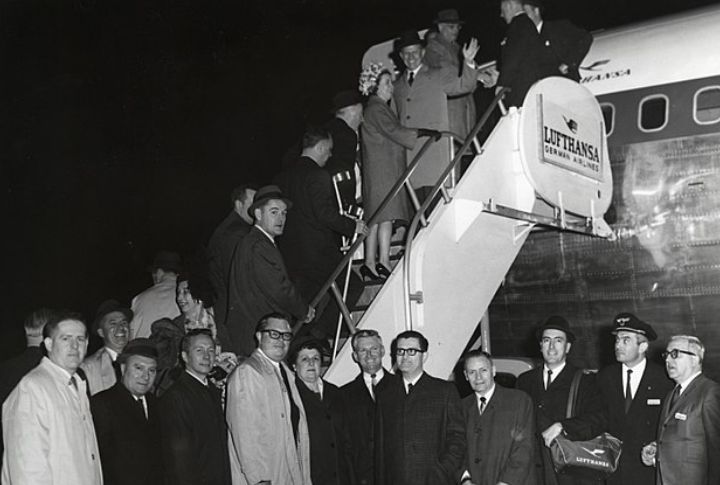
Walking straight from the curb to the gate? That was just how it worked. There were no metal detectors, no ID checks, and definitely no taking your shoes off. Families could see their loved ones off at the gate, and passengers boarded with minimal hassle. That all changed after a string of hijackings.
First-Class Meals Cooked Onboard

Forget reheated trays of mystery meat. In the ’70s, some airlines had chefs cooking authentic meals in-flight. First-class passengers dined on steak and fresh salads, sometimes prepared right in front of them. It was more fine dining than transportation, but as costs rose and airlines cut expenses, those extravagant meals became a thing of the past.
Tickets Were Fully Transferable Anytime
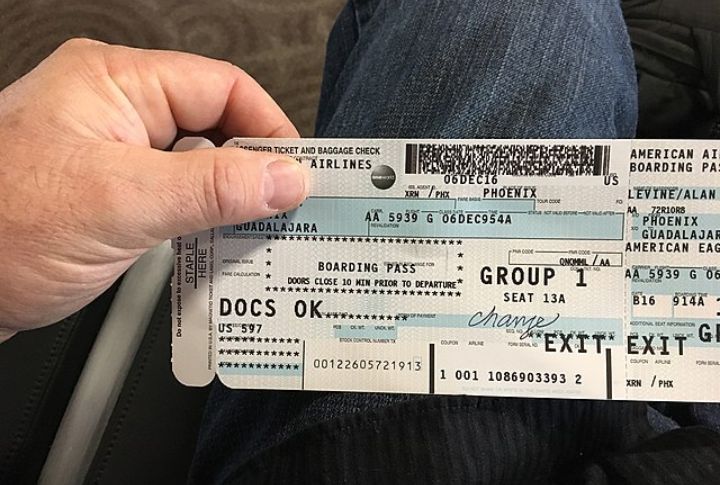
If you couldn’t make your flight, no problem! Just hand your ticket to a friend. Airlines had little interest in locking passengers into strict fare rules. That flexibility vanished once airlines realized they could charge extra for ticket changes and cancellations.
Lounging In Spacious Economy Seats

Flying coach didn’t mean squeezing into a tiny seat with no legroom. During the ’70s, economy seats were more expansive, with more space to stretch out. Reclining wasn’t an act of war, and passengers actually had room to move. Over the years, airlines found ways to fit more seats into the same space.
People Could Visit The Cockpit Mid-Flight
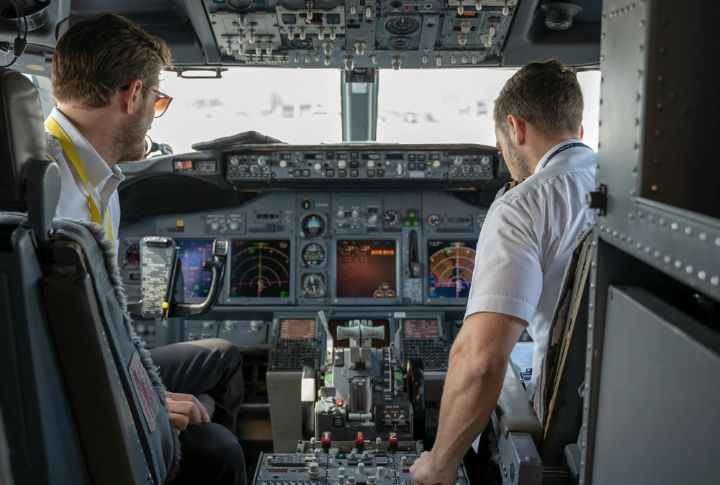
Today, the cockpit is one of the most secure places on the plane. But back then, a friendly visit to the cockpit was encouraged. Pilots would chat with passengers, show kids the controls, and even let them sit in the captain’s seat. It made flying feel personal, but safety concerns eventually put an end to open-door policies.
Overbooking Was Even More Extreme
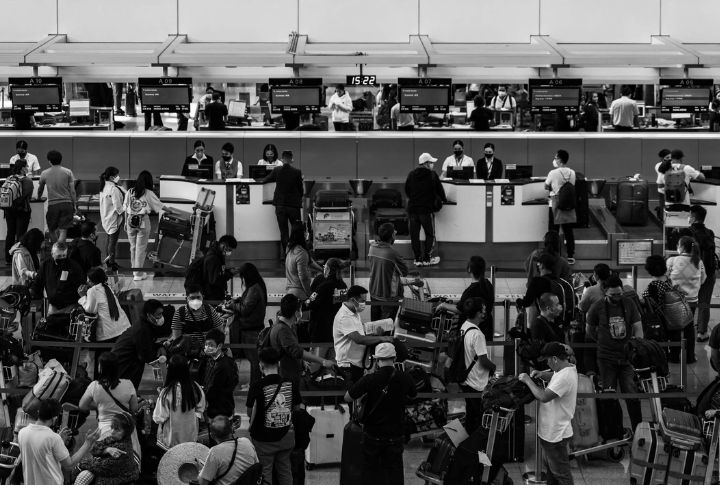
While airlines still overbook flights today, they took it to another level in the ’70s. Some flights were so oversold that passengers sat on jump seats or waited for the next available plane. Compensation rules were lax, and getting bumped was just part of the experience.


